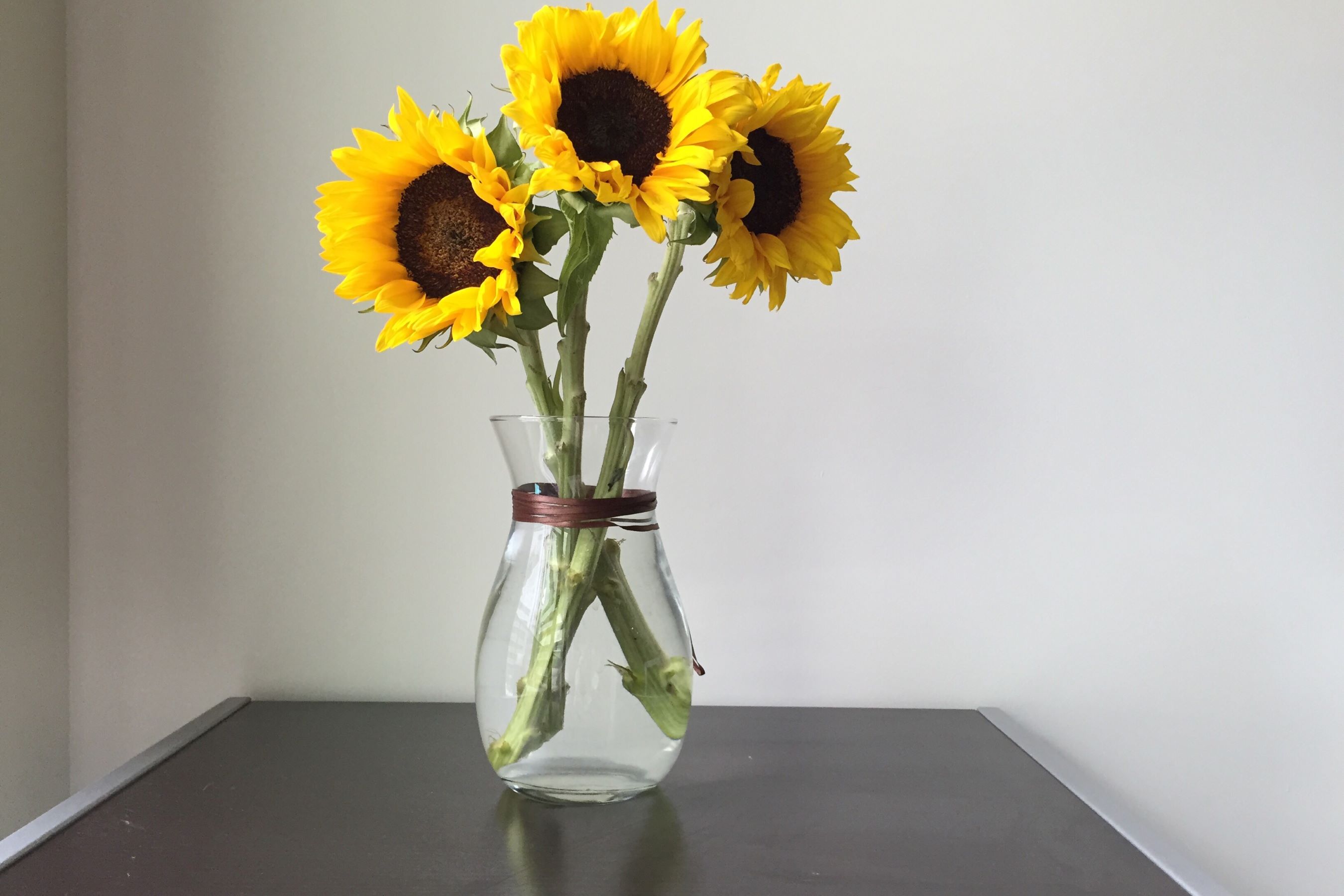

Articles
How To Store Sunflowers
Modified: December 7, 2023
Learn the best ways to store sunflowers with our informative articles. Proper storage techniques will keep your sunflowers fresh and vibrant for longer.
(Many of the links in this article redirect to a specific reviewed product. Your purchase of these products through affiliate links helps to generate commission for Storables.com, at no extra cost. Learn more)
Introduction
Sunflowers are not only beautiful flowers that add a splash of color to your garden, but they also produce delicious and nutritious seeds. Whether you have grown sunflowers in your backyard garden or purchased them from a farmers market, properly storing them is essential to maintain their quality and flavor. In this article, we will guide you through the process of storing sunflowers, ensuring that you can enjoy the sunflower seeds for months to come.
Proper storage of sunflowers involves a few key steps, including choosing the right storage location, harvesting the sunflowers at the right time, cleaning and drying the seeds, preparing the storage containers, and monitoring them for signs of spoilage. By following these steps, you can extend the shelf life of your sunflowers and ensure that they remain fresh and tasty.
Whether you plan to use the stored sunflowers for cooking, baking, or simply snacking, proper storage techniques are crucial to prevent them from becoming stale or rancid. So, let’s dive into the details and learn how to store sunflowers properly.
Key Takeaways:
- Properly storing sunflowers involves choosing a cool, dark, and dry location, harvesting fully mature seeds, and preparing airtight containers. Regularly check for spoilage and explore creative culinary uses for stored sunflower seeds.
- To store sunflowers, choose a cool, dark, and pest-free location, harvest mature seeds, and clean and dry them thoroughly. Use airtight containers, check for spoilage, and get creative with cooking and snacking options.
Read more: How To Store Sunflower Seeds For Eating
Choosing the Right Storage Location
When it comes to storing sunflowers, choosing the right location is an important factor in maintaining their quality and prolonging their shelf life. Here are some key considerations to keep in mind:
- Avoid Direct Sunlight: Sunflowers, just like their name suggests, love sunlight. However, when it comes to storage, they should be kept away from direct sunlight. Sunlight can speed up the oxidation process and cause the seeds to go rancid quickly. Choose a storage location that is cool and dark, such as a pantry or a cupboard.
- Controlled Temperature: Sunflowers are best stored at a temperature of around 50 to 70 degrees Fahrenheit (10 to 21 degrees Celsius). Extreme temperatures can cause spoilage or deterioration of the seeds. Avoid storing them in areas prone to temperature fluctuations, such as near the stove or refrigerator.
- Avoid Moisture: Moisture is the enemy when it comes to storing sunflowers. It can cause the seeds to become moldy or develop a musty taste. Select a storage location that is dry and well-ventilated. Avoid storing sunflowers in humid areas, such as the basement or near the sink.
- Pest-Free Environment: Sunflowers are susceptible to pest infestation, including weevils and beetles. To prevent unwanted guests from feasting on your stored sunflowers, make sure the storage location is clean and free from pests. Consider using airtight containers or bags to keep the pests out.
Choosing the right storage location for your sunflowers is crucial to maintaining their quality. By following these guidelines, you can create an optimum environment for your stored sunflowers and ensure that they remain fresh and flavorful for longer periods.
Harvesting the Sunflowers
Harvesting sunflowers at the right time is essential to ensure that the seeds are fully mature and ready for storage. Here’s a step-by-step guide to help you harvest sunflowers effectively:
- Observation: Observe the sunflowers closely to determine the appropriate time for harvest. The back of the sunflower heads will turn from green to yellow or brown, and the seeds in the middle will become plump and developed. Additionally, the petals will start to dry up and fall off.
- Check the Seed Maturity: Gently rub your hand against the back of the sunflower head to feel the seeds. The seeds should feel firm and hard, indicating that they are mature and ready for harvesting. If the seeds are still soft or malleable, it means they need more time to ripen.
- Prepare the Tools: Equip yourself with a sharp pair of garden shears or a sturdy knife to cut the sunflower heads from the stems. Have a clean bucket or basket ready to collect the harvested sunflowers.
- Cut the Sunflower Heads: Cut the sunflower heads from the stems, leaving a few inches of stem attached to the head. This will make it easier to handle and hang them for drying.
- Remove Extra Foliage: Remove any excess foliage or leaves from the sunflower heads. This will help prevent moisture build-up and allow for better air circulation during the drying process.
- Bundling and Hanging: Bundle several sunflower heads together by tying their stems with a twine or string. Hang the bundled sunflowers upside down in a well-ventilated, dry area, such as a garage or shed. Ensure that the heads are spaced apart to promote air circulation.
Harvesting sunflowers at the right time and following proper harvesting techniques are vital for their storage quality. By ensuring that the seeds are fully mature and properly preparing them for drying, you can enhance the flavor and longevity of your stored sunflowers.
Cleaning and Drying the Sunflowers
Once you have harvested the sunflower heads, the next step is to clean and dry the seeds to prepare them for storage. Cleaning and drying the sunflowers effectively will help remove any debris, moisture, or unwanted substances, ensuring that the seeds remain fresh and free from contaminants. Here’s a guide on how to clean and dry sunflowers:
- Remove Debris: Start by gently brushing off any dirt, dust, or loose debris from the sunflower heads using a soft brush or your hands. Be careful not to damage the seeds during this process.
- Separate the Seeds: Carefully remove the seeds from the sunflower heads. You can do this by rubbing your fingers or using a fork to help detach the seeds from the head. Place the seeds in a clean bowl or container.
- Remove Chaff: Chaff refers to the outer skin or husk surrounding the sunflower seeds. To remove the chaff, you can either use your hands to rub the seeds together or gently blow on them to separate the lighter chaff from the heavier seeds.
- Rinse the Seeds: Fill a bowl with water and place the seeds inside. Swirl the seeds around to rinse off any remaining chaff or debris. Drain the water and repeat the process if necessary.
- Drying the Seeds: Spread the rinsed sunflower seeds on a clean, dry towel or a baking sheet in a single layer. Allow them to air dry for a few days, stirring occasionally to ensure that all sides are exposed to air. Ensure that the drying area is well-ventilated and away from direct sunlight or moisture.
- Check for Moisture: To ensure that the seeds are thoroughly dry, test a few seeds by pressing them between your fingers. If they are crunchy and break easily, they are ready for storage. If they still feel soft or pliable, continue drying them until they reach the desired texture.
Cleaning and drying the sunflowers not only removes impurities but also helps reduce the risk of mold or rot during storage. Taking the time to properly clean and dry the seeds will contribute to their longer shelf life and better flavor when stored.
Preparing the Storage Containers
Before storing the sunflowers, it is essential to prepare the storage containers to ensure the seeds remain protected and fresh over time. Here are some key steps to follow when preparing the storage containers:
- Select Airtight Containers: Choose storage containers that are airtight and made of a material suitable for long-term storage. Glass jars with tight-fitting lids or food-grade plastic containers with a secure seal are good options. The airtight seal will prevent moisture and air from entering the containers, keeping the sunflower seeds fresh.
- Clean and Dry: Before using the containers, make sure they are clean and dry. Wash the containers with warm, soapy water and rinse thoroughly. Ensure there are no lingering odors or residues that can affect the flavor of the sunflower seeds.
- Sanitize the Containers: To further ensure the containers are clean and free from any potential contaminants, you can sanitize them. You can do this by submerging the containers in boiling water for a few minutes or by using a food-safe sanitizing solution. Rinse the containers well after sanitizing.
- Add Desiccant Packs: To maintain the quality and freshness of stored sunflowers, consider adding desiccant packs to the containers. Desiccants help absorb any residual moisture and minimize the risk of mold or spoilage. You can find desiccant packs at home improvement stores or online.
- Label and Date: It’s crucial to label the storage containers with the contents and the date of storage. This step will help you keep track of when the sunflowers were stored, making it easier to rotate your supply and ensure you use the oldest seeds first.
Preparing the storage containers properly will create a suitable environment for storing sunflowers. The airtight and clean containers, along with the addition of desiccant packs, will help preserve the quality and freshness of the sunflower seeds for an extended period.
Store sunflowers in a cool, dry place away from direct sunlight to prevent them from wilting. Hang them upside down in a well-ventilated area to dry for long-lasting beauty.
Read more: How To Store Sunflower Seeds For Planting
Storing the Sunflowers Properly
Once you have prepared the storage containers, it’s time to store the sunflower seeds properly. Proper storage techniques will help maintain the flavor, texture, and nutritional value of the sunflowers. Here’s how to store sunflowers effectively:
- Fill the Containers: Fill the prepared storage containers with the cleaned and thoroughly dried sunflower seeds. Fill the containers to the top but leave a small amount of headspace to allow for any natural expansion of the seeds.
- Seal the Containers: Ensure that the lids of the storage containers are tightly sealed to maintain an airtight environment. This will prevent air, moisture, and pests from entering and compromising the quality of the sunflower seeds.
- Store in a Cool Place: Find a cool and dark place to store the sunflower seeds. A pantry, cupboard, or cellar, away from any heat sources or direct sunlight, is an ideal location. The cool temperature will help slow down the oxidation process and maintain the seeds’ freshness.
- Avoid Temperature Fluctuations: Avoid storing the sunflower seeds in areas that experience frequent temperature fluctuations. Fluctuating temperatures can cause condensation inside the containers, leading to moisture build-up and potential spoilage.
- Keep Away from Moisture: Moisture is the enemy of stored sunflowers. Make sure the storage area is dry and has low humidity. Avoid placing the containers near areas prone to moisture, such as the sink or dishwasher.
- Avoid Exposure to Light: Sunlight can degrade the quality of the sunflower seeds. Keep the stored containers away from direct light or store them in opaque containers to prevent exposure to light.
- Rotate and Check: Periodically check the stored sunflower seeds for any signs of spoilage, including mold, off odor, or an unusual taste. Also, rotate your supply, using the oldest seeds first and replenishing with fresh ones to ensure a constant supply of high-quality sunflower seeds.
Proper storage is key to preserving the flavor, nutritional value, and freshness of sunflower seeds. By following these guidelines and maintaining optimal storage conditions, you can enjoy delicious sunflower seeds for an extended period.
Checking for Signs of Spoilage
While properly storing sunflower seeds can help maintain their quality, it’s essential to regularly check for signs of spoilage to ensure that the seeds are still safe to consume. Here are some key indicators to look for when checking for signs of spoilage:
- Mold or Discoloration: Inspect the stored sunflower seeds for any signs of mold or discoloration. Mold can appear as fuzzy growth or spots on the seeds. Discoloration may indicate moisture or the onset of spoilage. If you notice any mold or significant discoloration, discard the affected seeds immediately.
- Off Odor: Take a sniff of the stored sunflower seeds. They should have a pleasant, nutty aroma. If you detect any off or foul odor, it is a clear sign of spoilage. Rancid or musty odors can develop if the seeds have been exposed to moisture or have gone bad.
- Unusual Texture: Examine the texture of the sunflower seeds. They should be firm and crunchy. If you notice any softness, sogginess, or a slimy texture, it indicates spoilage. Such changes in texture can result from moisture infiltration or the growth of bacteria or fungi.
- Unpleasant Taste: Taste a few sunflower seeds to check for any off-flavors. Spoiled seeds may have a bitter, sour, or rancid taste. If the flavor is not as expected or if it tastes unpleasant, it is best to discard the remaining seeds.
- Pest Activity: Look for any signs of pest activity, such as holes or insect infestation, in the stored sunflower seeds. Weevils and beetles can infiltrate the containers and feed on the seeds, compromising their quality. If you find any indications of pests, it’s important to discard the affected seeds and take measures to prevent future infestations.
Regularly checking the stored sunflower seeds for signs of spoilage is crucial to ensure the safety and quality of the seeds. If you observe any mold, off odor, unusual texture, unpleasant taste, or pest activity, it’s best to err on the side of caution and discard the spoiled seeds.
Using Stored Sunflowers for Cooking or Other Purposes
Stored sunflowers can be a versatile ingredient that adds a delightful crunch and nutty flavor to various dishes. Here are some ideas on how you can use your stored sunflowers for cooking or other purposes:
- Snacking: Simply enjoy the stored sunflower seeds as a healthy and satisfying snack. They make for a delicious and nutritious on-the-go treat that is packed with essential nutrients like vitamin E, magnesium, and healthy fats.
- Baking: Incorporate sunflower seeds into your baking recipes to add a crunchy texture and nutty flavor. They can be sprinkled on top of bread, muffins, cookies, or used in granola bars for an extra boost of taste and nutrition.
- Salads and Grain Bowls: Elevate your salads and grain bowls by tossing in some sunflower seeds. They add a delightful crunch and nuttiness to these dishes. Sunflower seeds are particularly great on green salads, fruit salads, or grain-based salads like quinoa or couscous.
- Trail Mixes: Create your own customized trail mix by combining sunflower seeds with other nuts, dried fruits, and even chocolate chips. This portable and energy-boosting snack is perfect for hiking, road trips, or any time you need a quick pick-me-up.
- Smoothie Toppings: Sprinkle a handful of sunflower seeds on top of your smoothie bowls or blend them into your smoothies for an added nutritional boost. They provide a satisfying crunch and extra protein to your favorite smoothie creations.
- Sauces and Dressings: Grind or blend sunflower seeds to create a creamy and nutty base for sauces and dressings. They can be used in pesto, dairy-free cream sauces, or salad dressings to enhance the flavor and add richness.
These are just a few creative ways to utilize stored sunflower seeds in your culinary adventures. Experiment with different recipes and explore how sunflower seeds can enhance the flavor and texture of your favorite dishes.
Remember to store any unused sunflower seeds properly to maintain their freshness and quality for future usage.
Conclusion
Storing sunflowers properly is crucial to preserve their flavor, texture, and nutritional value. By following the right techniques, you can enjoy the deliciousness of sunflower seeds for an extended period. From choosing the optimal storage location to harvesting and cleaning the seeds, each step plays a vital role in maintaining the quality of stored sunflowers.
Remember to select a storage location that is cool, dark, and free from moisture. Harvest the sunflowers when they are fully mature and dry them thoroughly before storage. Prepare the storage containers by ensuring they are airtight, clean, and dry. Store the containers in a cool and dark place, away from light and temperature fluctuations.
Regularly check for signs of spoilage such as mold, off odors, unusual textures, or pest activity. Discard any spoiled seeds to maintain the quality of the remaining stored sunflowers. Finally, explore the various culinary possibilities of the stored sunflower seeds, including snacking, baking, adding them to salads or smoothies, or creating custom trail mixes.
By following these guidelines and incorporating stored sunflowers into your cooking repertoire, you can enjoy the nutty goodness and versatility of sunflower seeds for months to come.
So, take care of your sunflowers, store them properly, and savor the taste of these delightful seeds in your favorite dishes. Happy storing and happy sunflower seed snacking!
Frequently Asked Questions about How To Store Sunflowers
Was this page helpful?
At Storables.com, we guarantee accurate and reliable information. Our content, validated by Expert Board Contributors, is crafted following stringent Editorial Policies. We're committed to providing you with well-researched, expert-backed insights for all your informational needs.
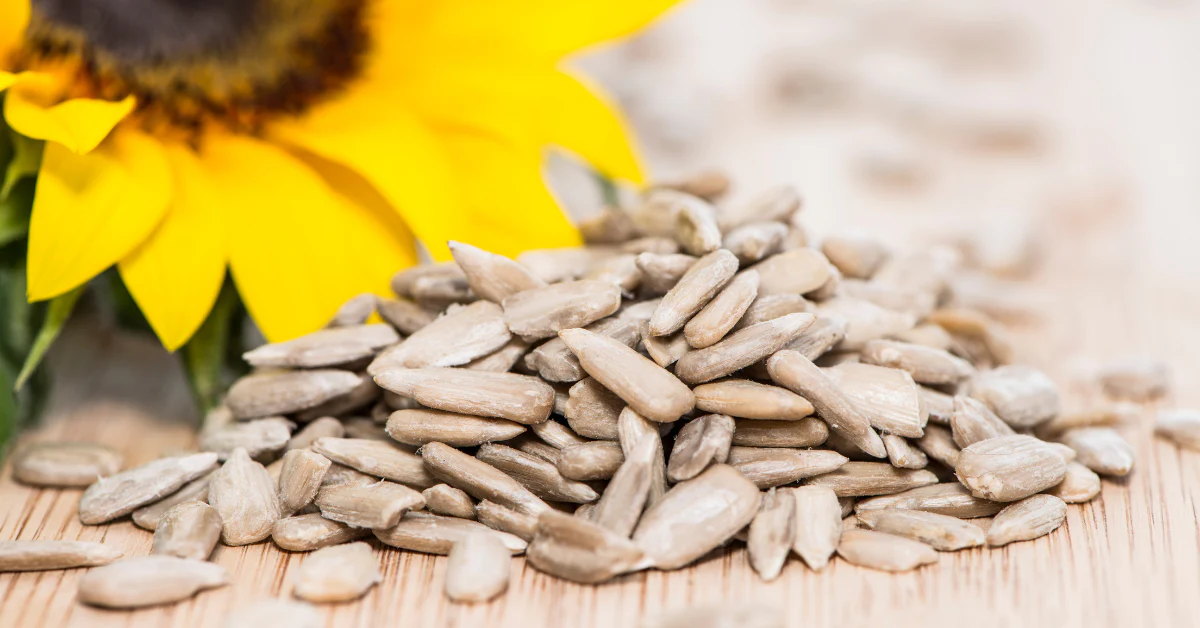
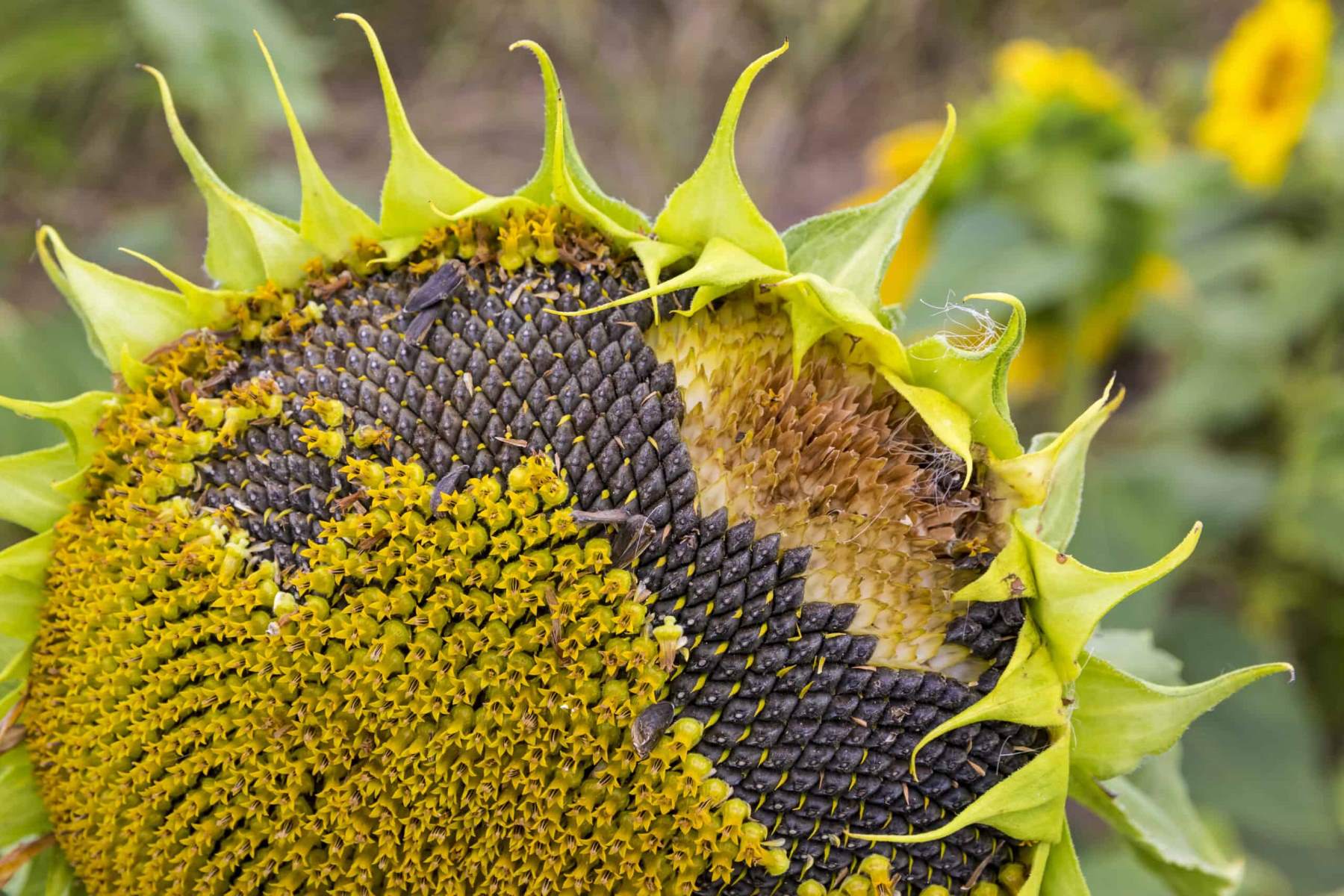
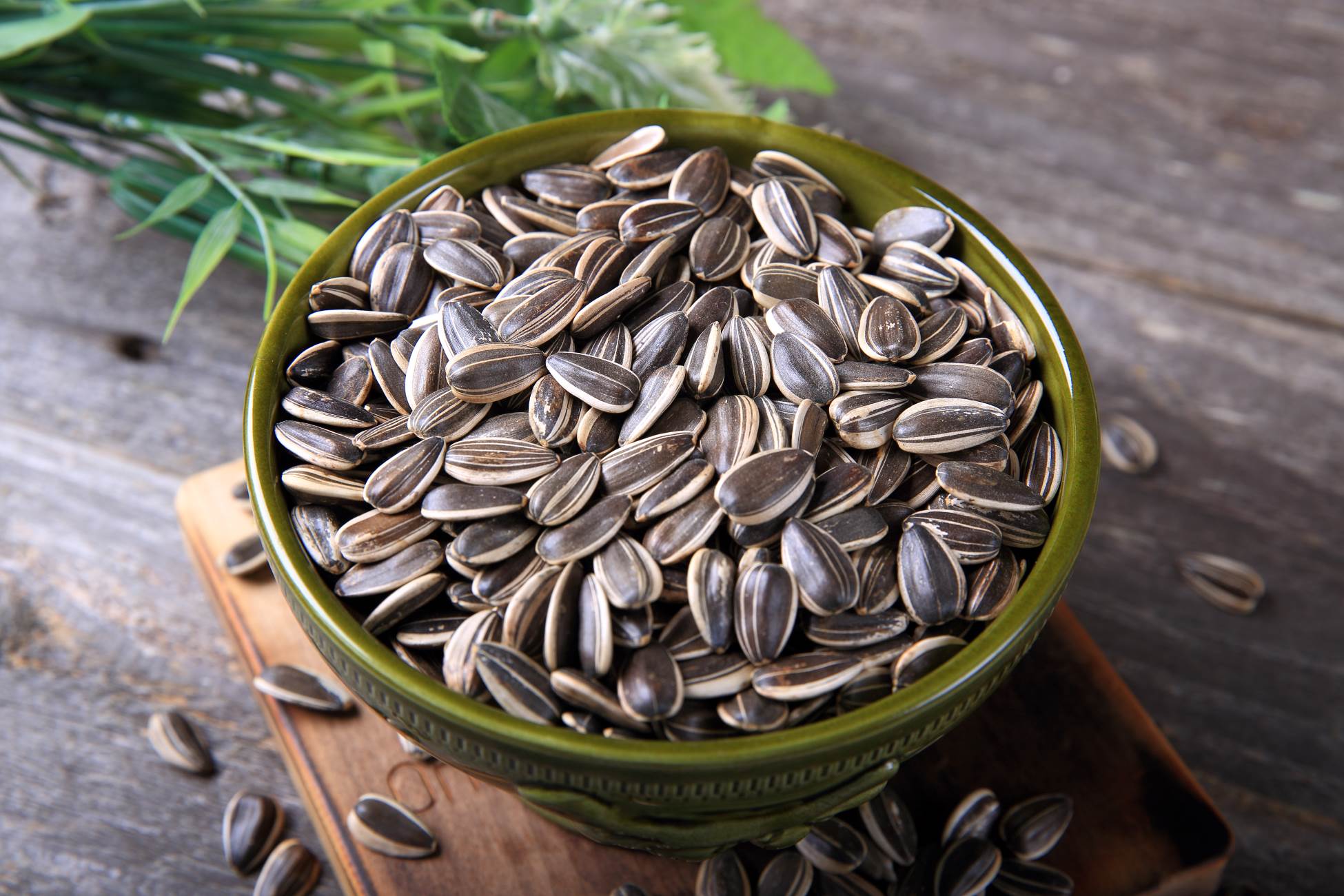
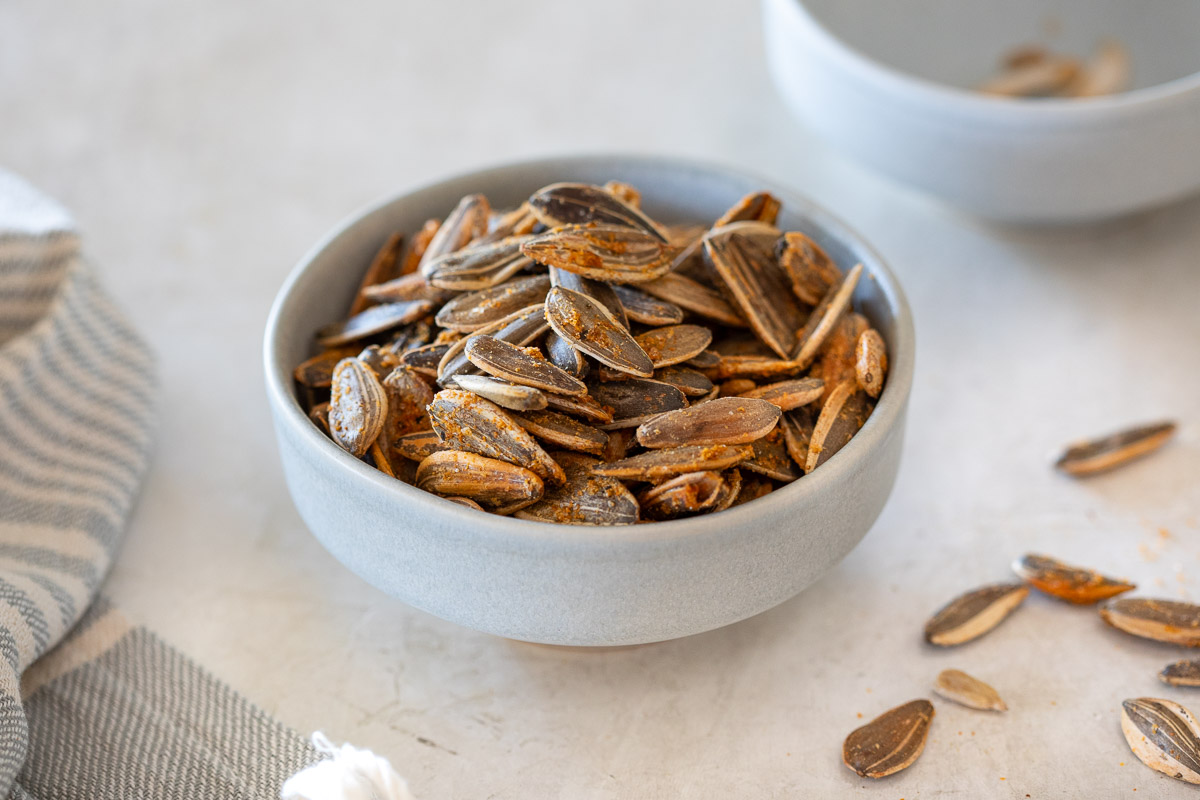
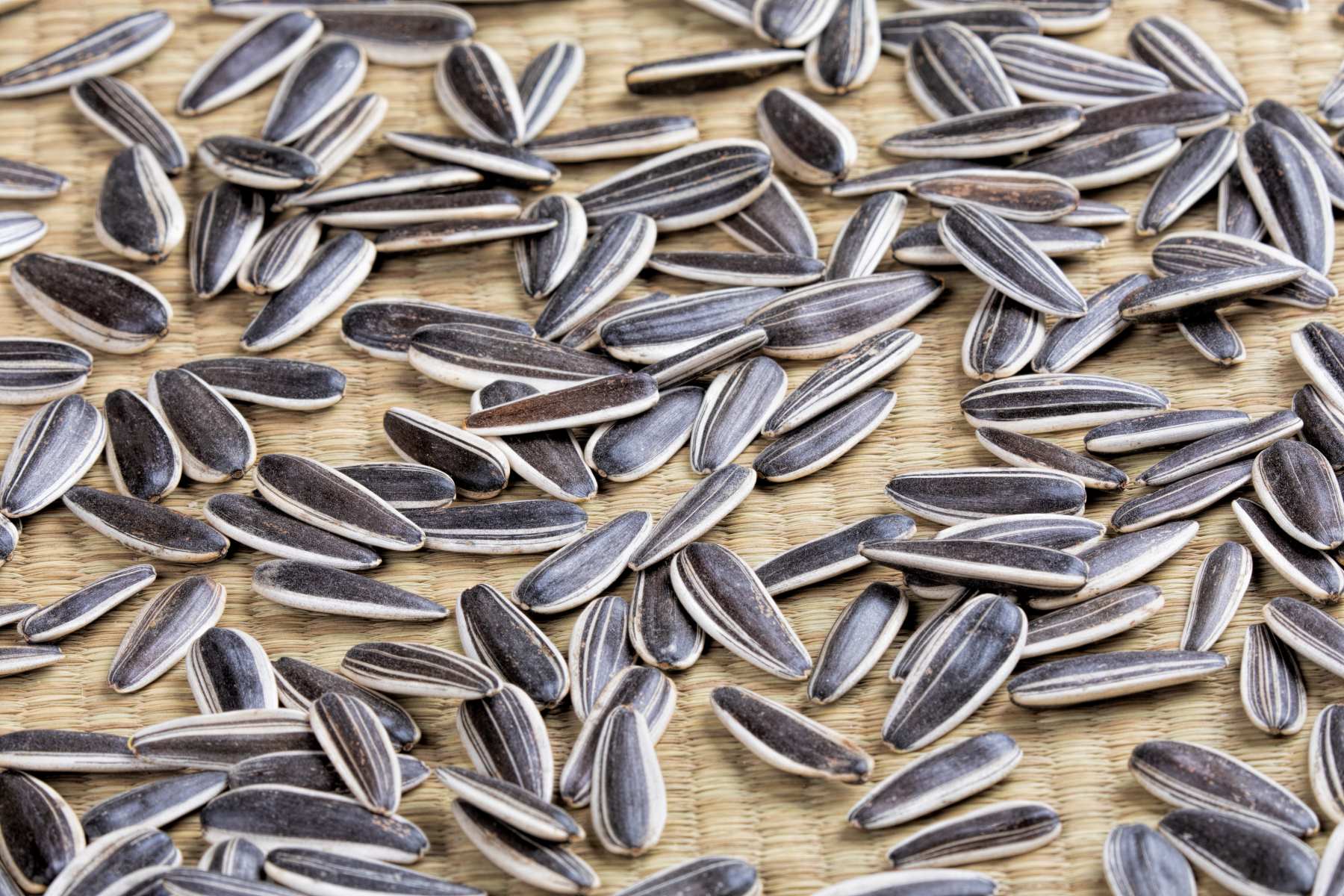
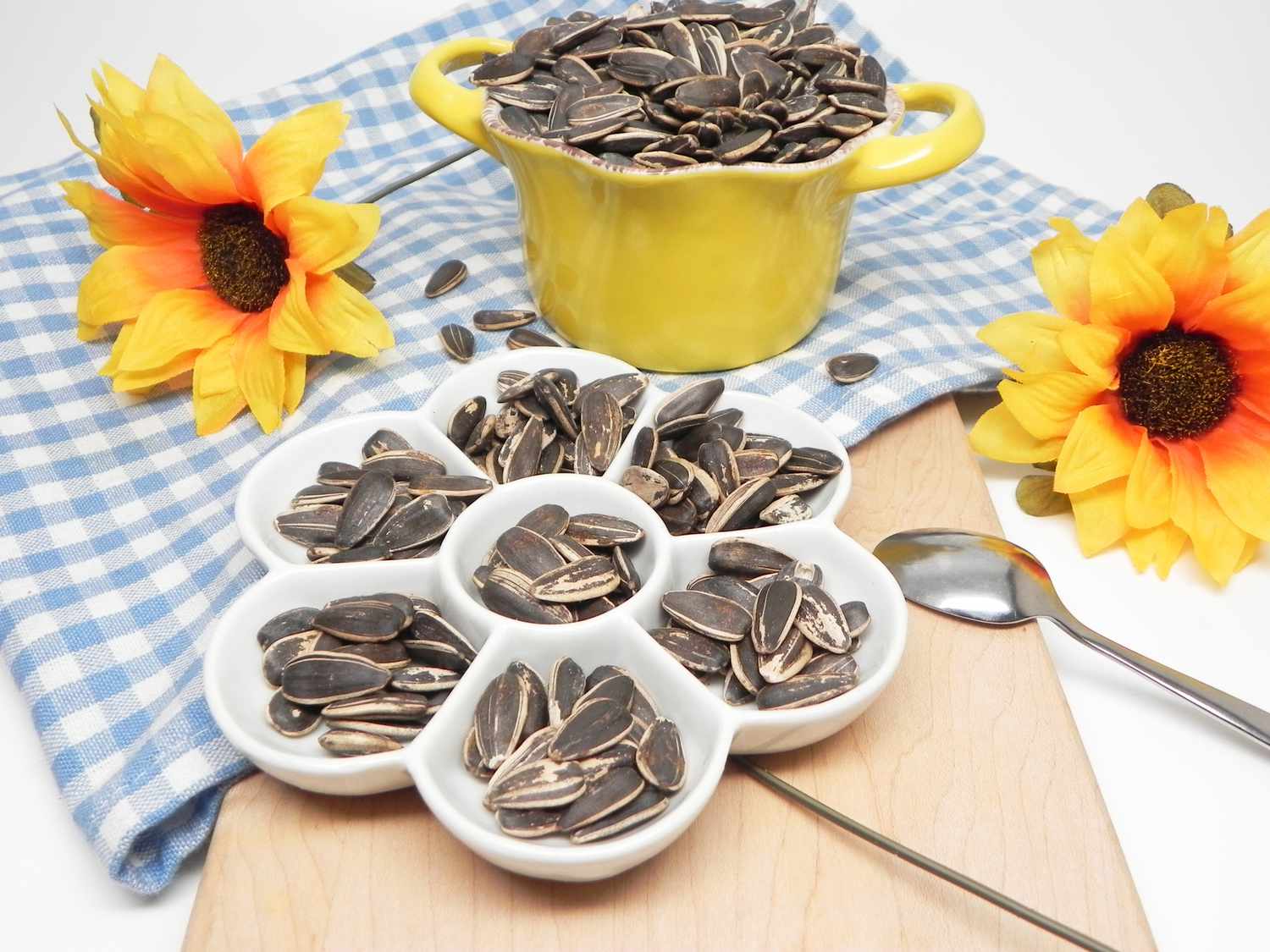
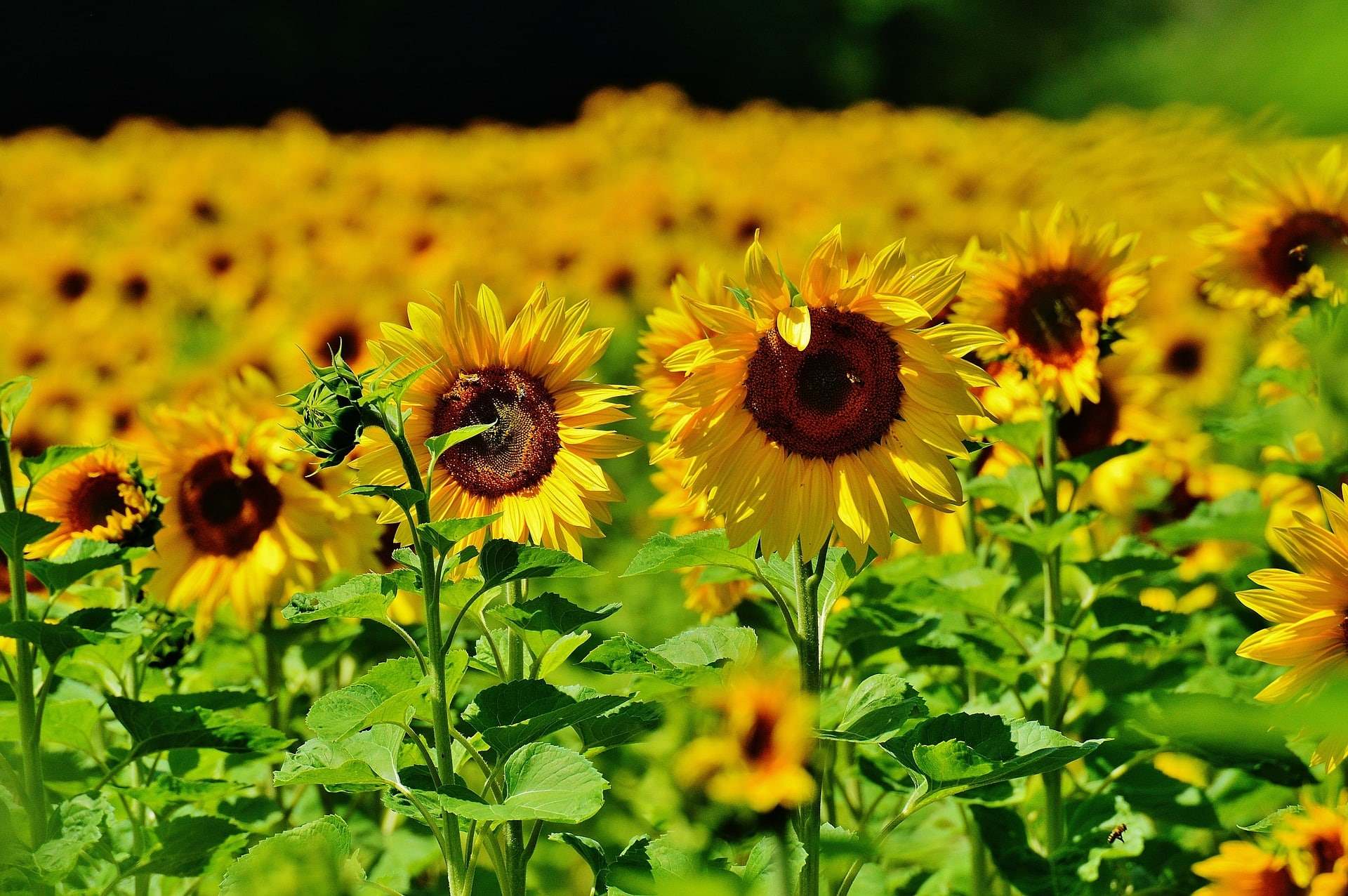
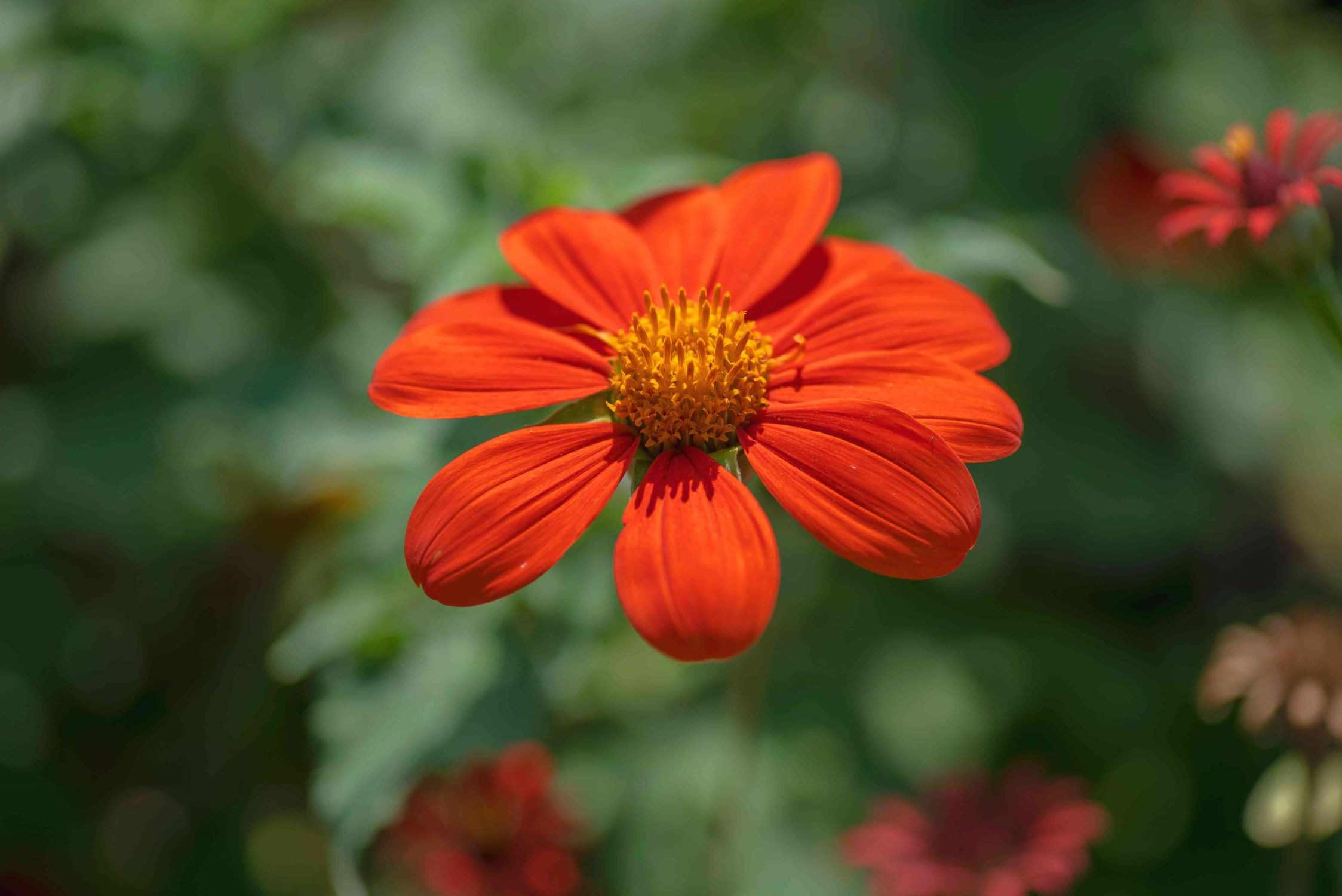
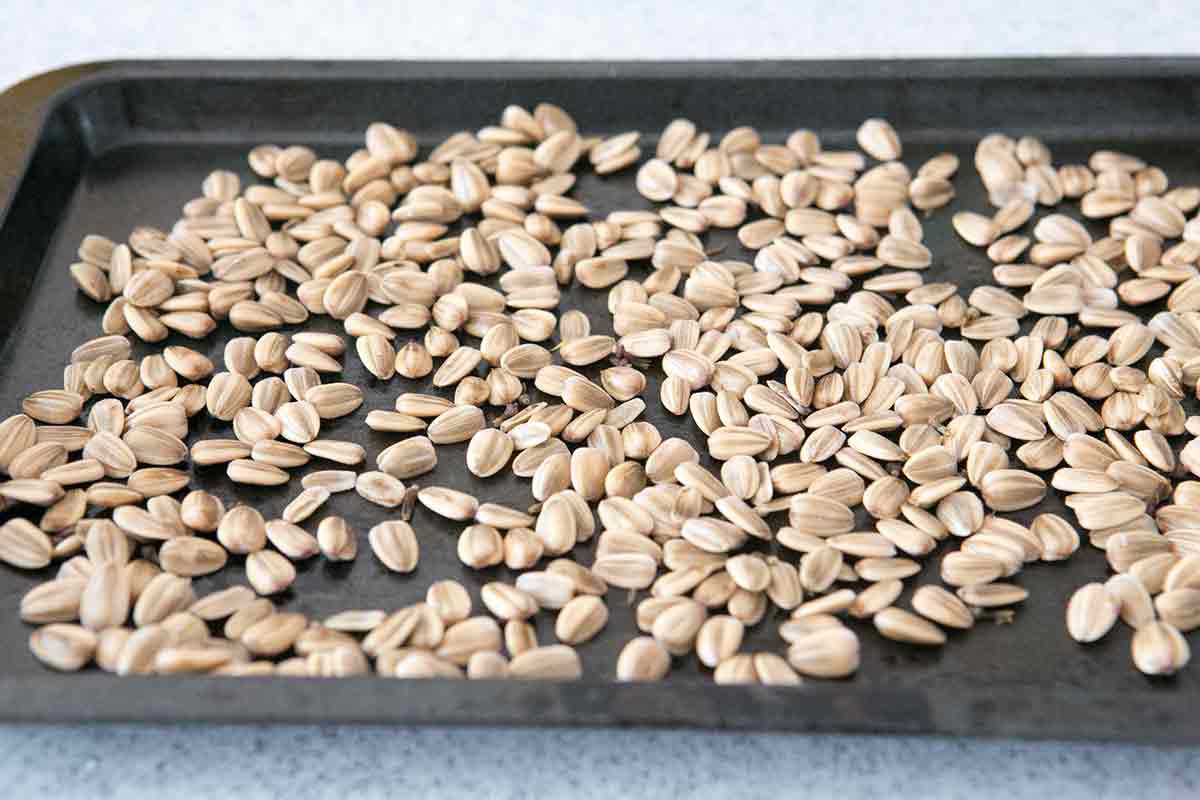
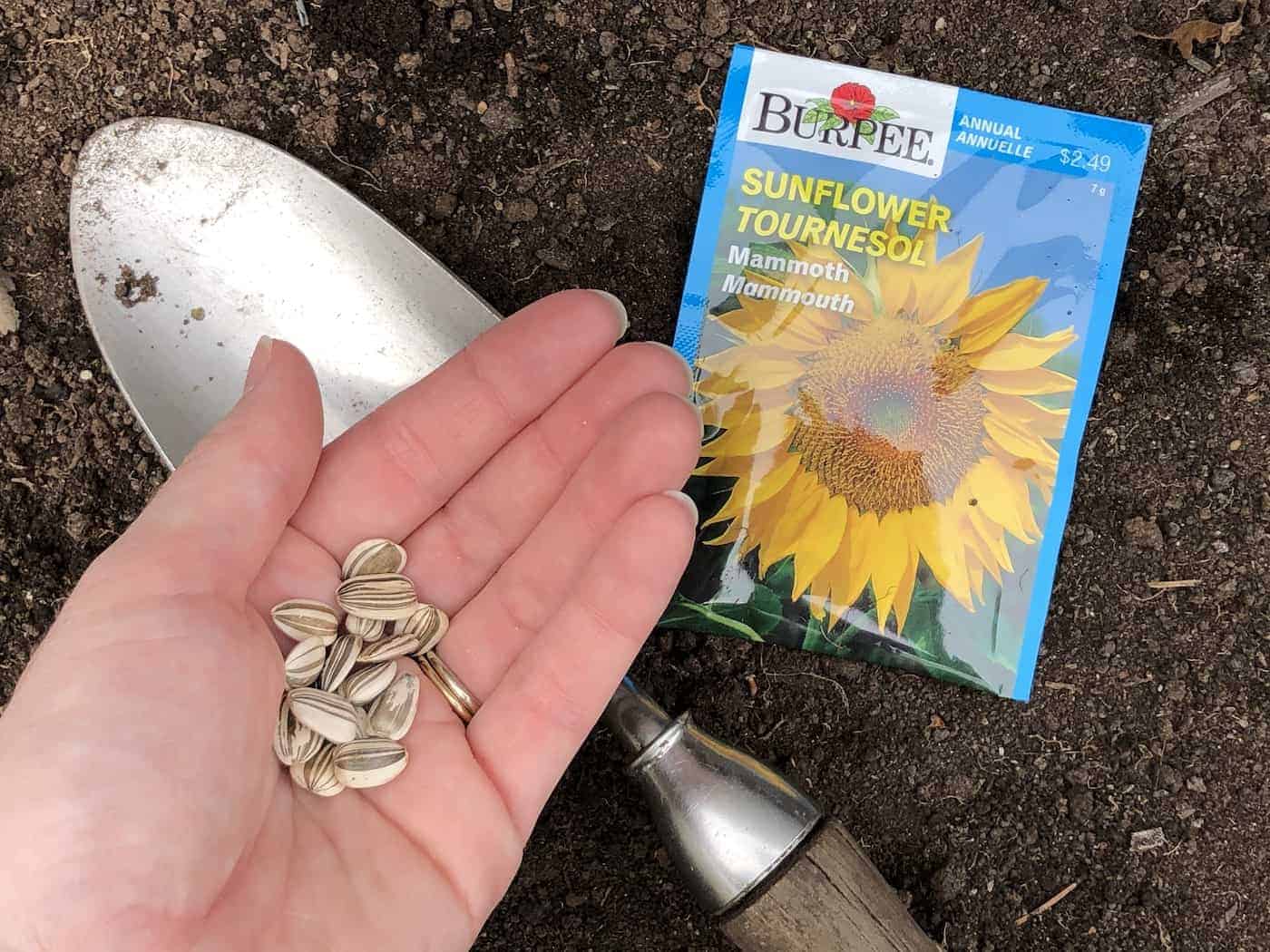
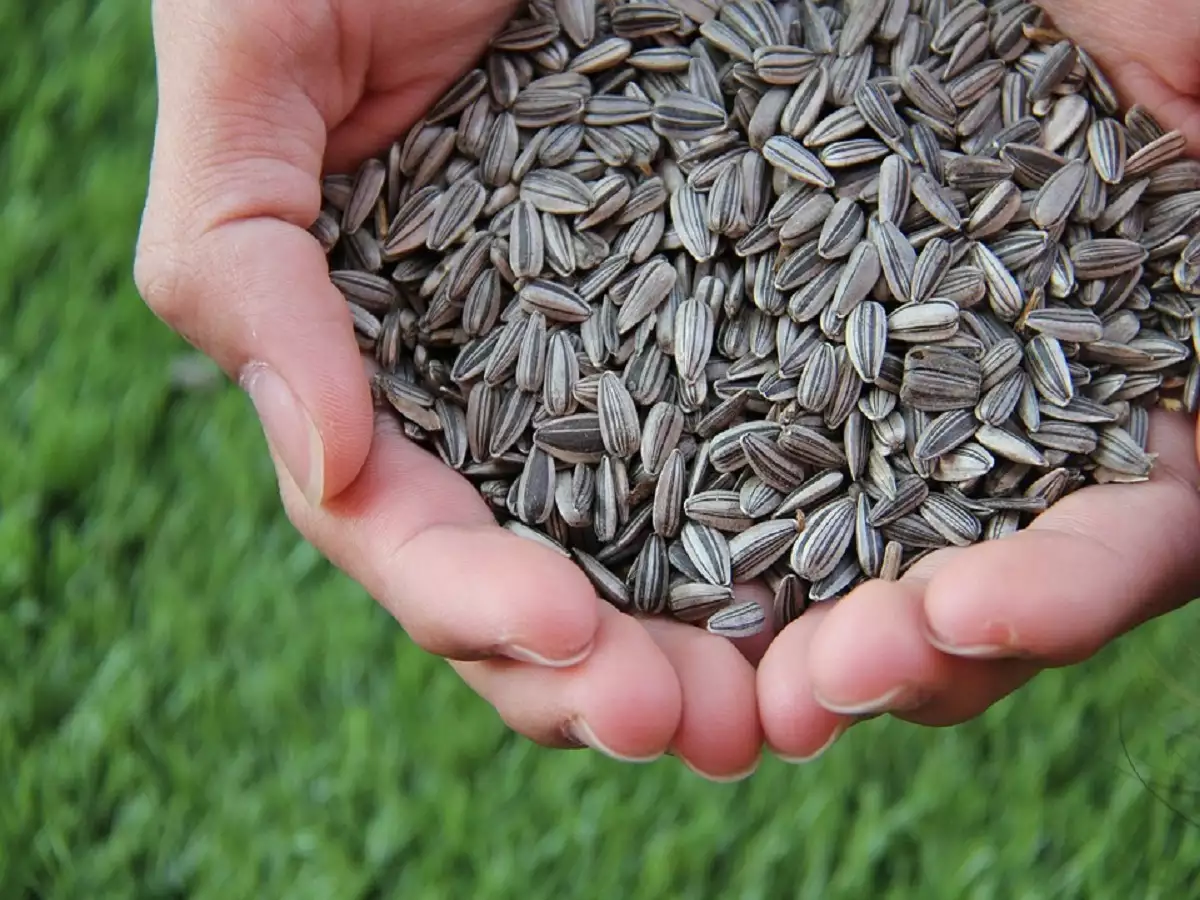
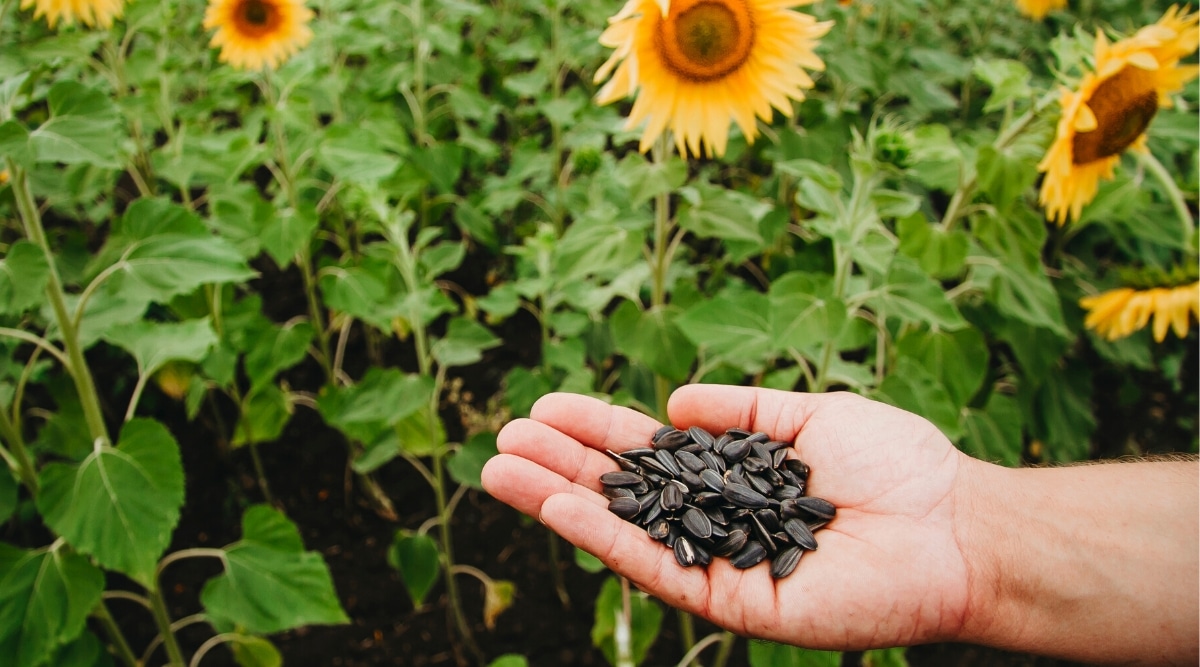
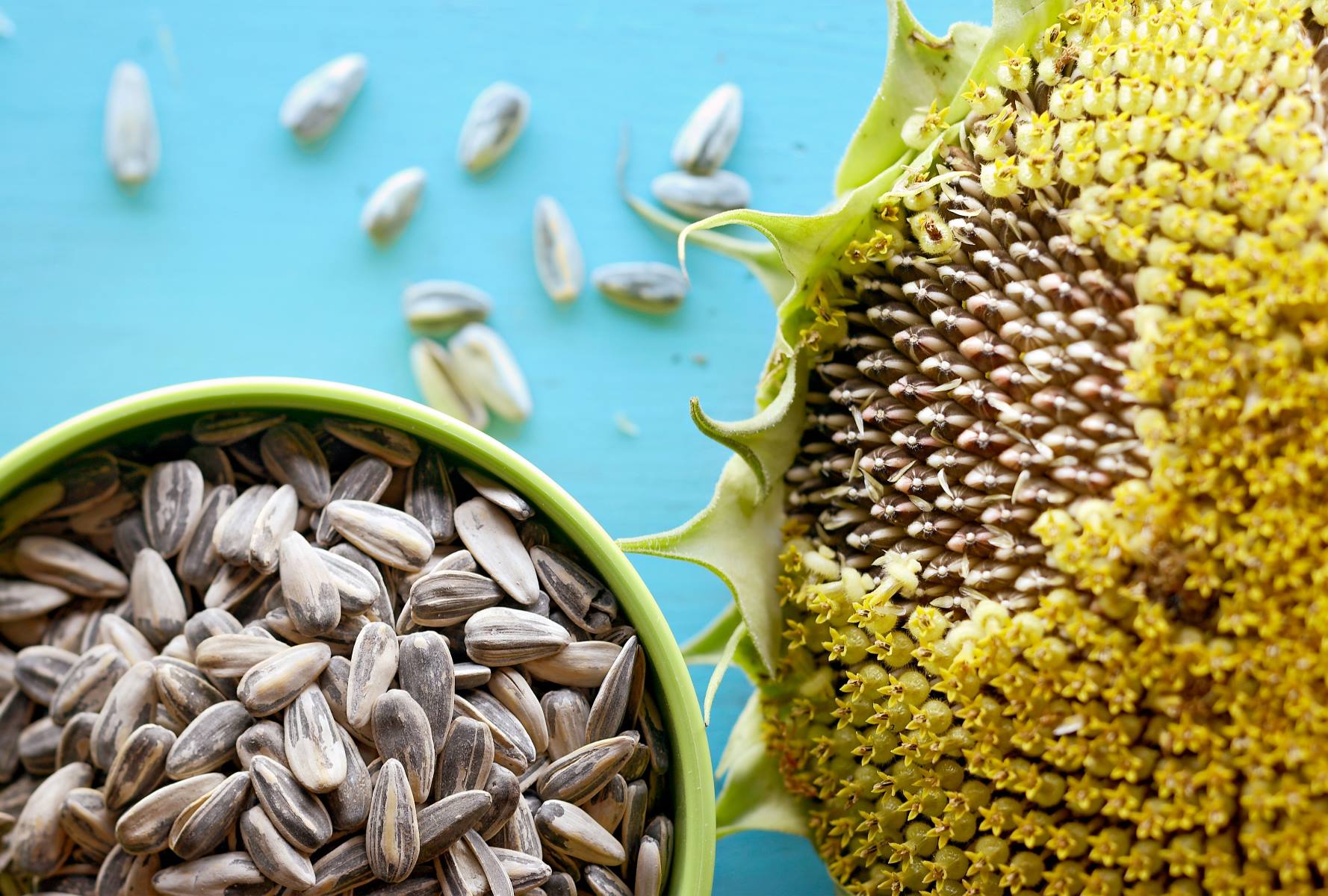
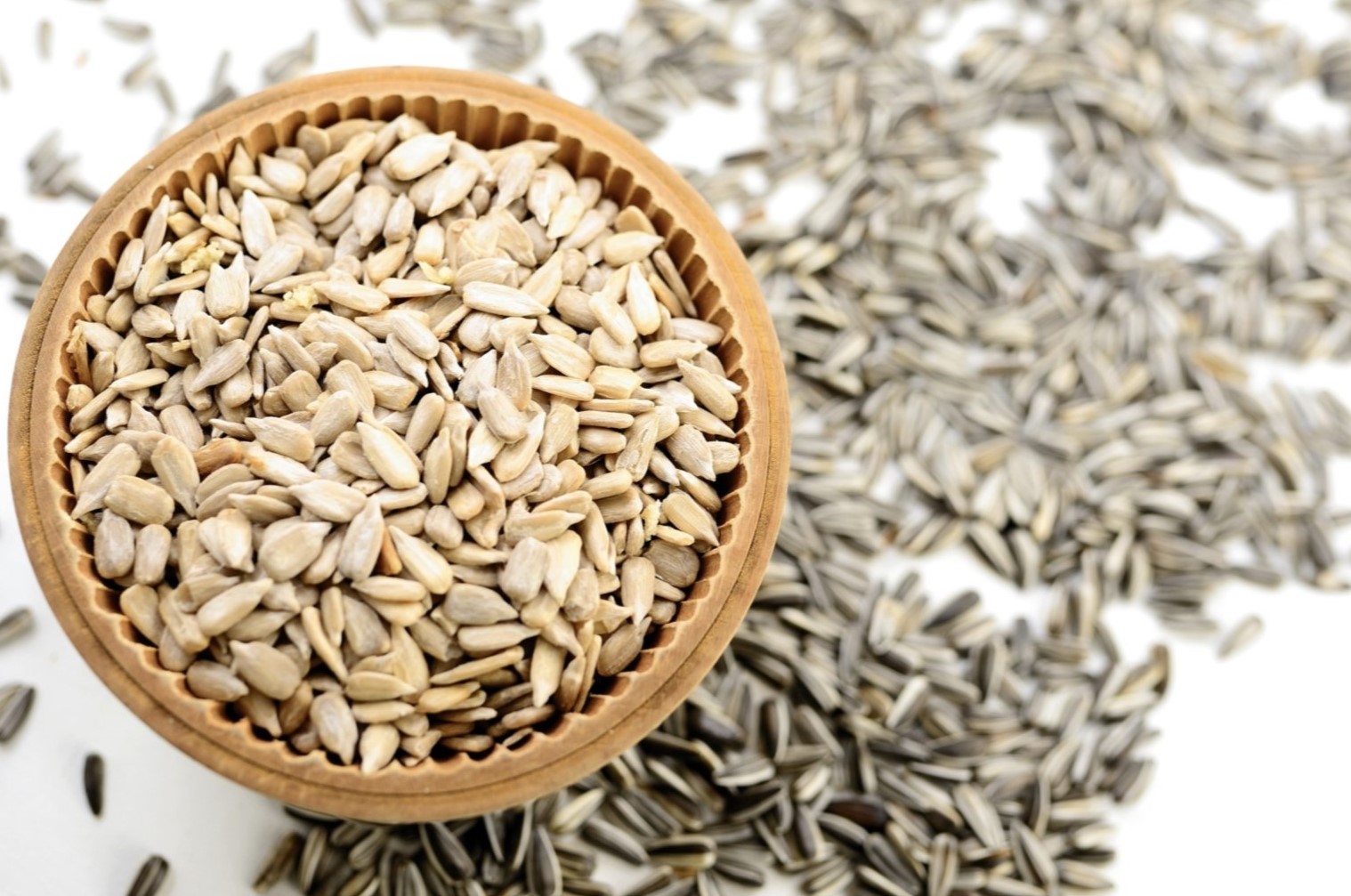

0 thoughts on “How To Store Sunflowers”